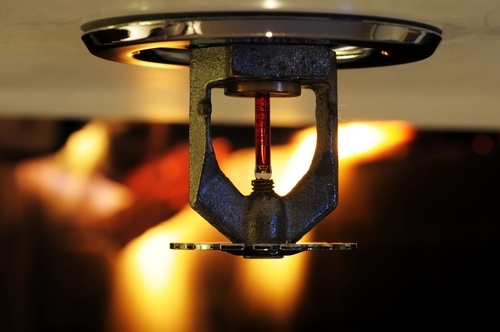
Following the Truckee incident, the National Fire Protection Association (NFPA) initiated a research project in conjunction with the Fire Protection Research Foundation. The NFPA’s investigation showed that there was a possibility of flash fires associated with various concentrations of antifreeze solution used in antifreeze fire sprinkler systems. Basically, if the antifreeze solution had too much of the antifreeze chemical, then the antifreeze solution could spread a fire, not suppress it. So, in July 2010 the NFPA issued a safety alert providing that residential anti-freeze systems should be drained and replaced with water. Then, in August 2010, NFPA Standards Council issued three Temporary Interim Amendments (TIAs) that, in effect, would ban of the use of anti-freeze systems in residential new construction. The Truckee incident, and the resulting research and NFPA responses, put the future viability of anti-freeze fire sprinkler systems in serious question.
Then, as part of its meeting on February 28-March 1, 2011, the NFPA Standards Council reviewed and issued (over an appeal by the Massachusetts Department of Fire Services) three new TIAs that would impact NFPA 13, Standard for the Installation of Sprinkler Systems, NFPA 13D, Standard for the Installation of Sprinkler System in One- and Two- Family Dwellings and Manufactured Homes, and NFPA 13R, Standard for the Installation of Sprinkler Systems in Residential Occupancies up to and Including Four Stories in Height. Under the new TIAs, antifreeze systems can be installed as long as the antifreeze solution is factory produced and meets certain maximum concentrations of antifreeze chemical. The new antifreeze sprinkler systems would also require special testing and verification that such requirements are met. In addition, to deal with existing antifreeze systems, a TIA was issued for NFPA 25, Standard for the Inspection, Testing and Maintenance of Water-Based Fire Protection Systems, that would require annual testing and certification that the proper type and concentration of antifreeze solution was in an existing system.

How the Truckee incident, the new TIAs, and the additional testing will impact the fate of antifreeze fire sprinkler systems still remains to be seen. However, for the subrogation professional going forward, the existence of an antifreeze sprinkler system should now prompt additional questions about the special testing and certification required for these type of fire sprinkler systems and the potential liabilities created by such testing, or lack thereof.



